Visual Arts
The Visual Arts collections contain works that reference political, economic, cultural and social trends in Germany since 1945. Artworks are ideal items for the collection and can also serve as exhibits if they poignantly reflect topics in contemporary history from a new angle and combine this with critique or a personal interpretation.
Amateur Art
A Direct and Expressive Statement
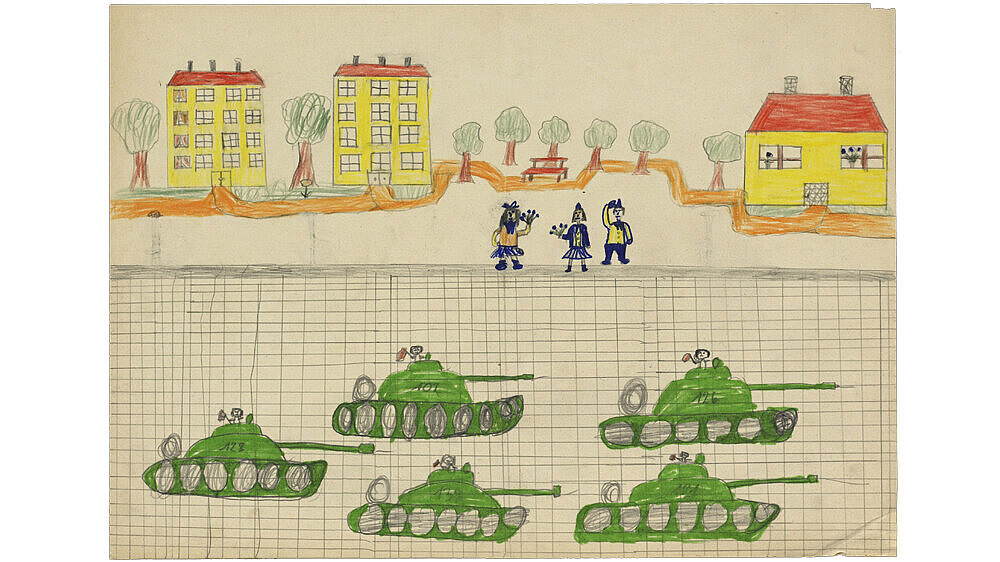
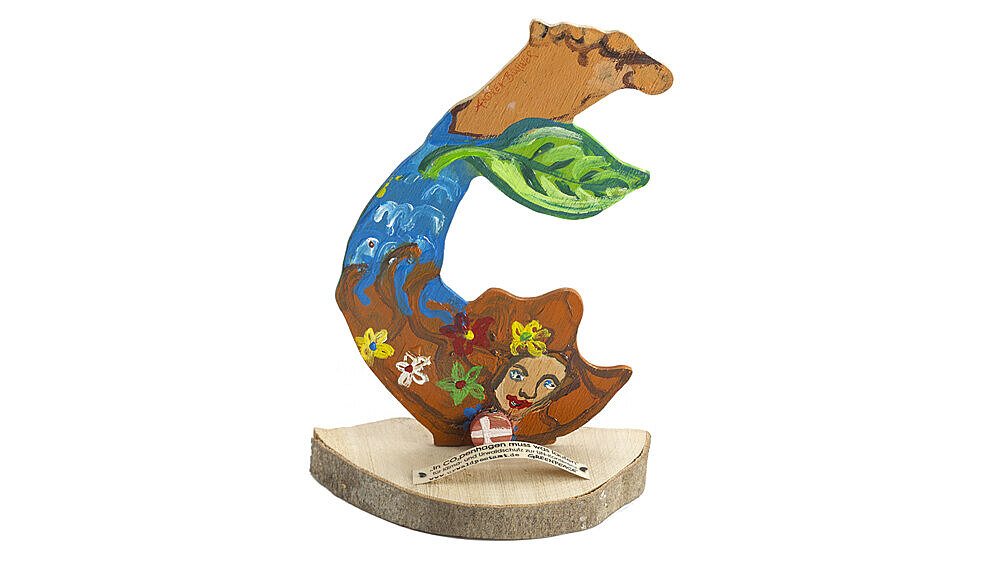
Amateur Art
A Direct and Expressive Statement
The “Amateur Art” area of the collection is made up of objects featuring different artistic techniques and made by people who neither trained in an art academy nor work professionally as artists. The pieces are by children, young people and adults and show art as an expression of creativity, critique or as a means for overcoming psychological traumas. Amateur art is often created in spontaneous response to current events and by virtue of not focussing on the art market often offers a very direct, undiluted emotional statement.
Contact
Sculpture
Sculptures
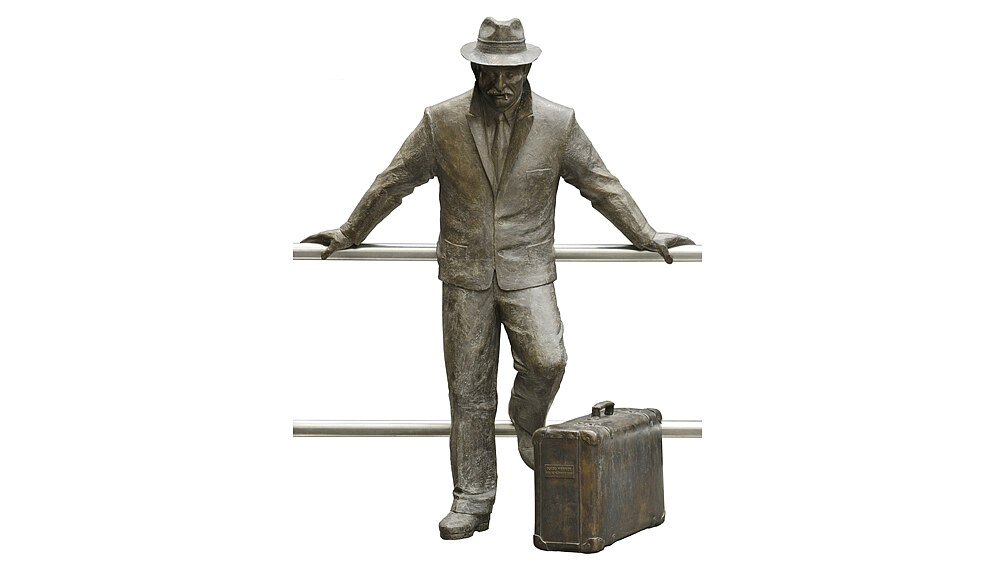
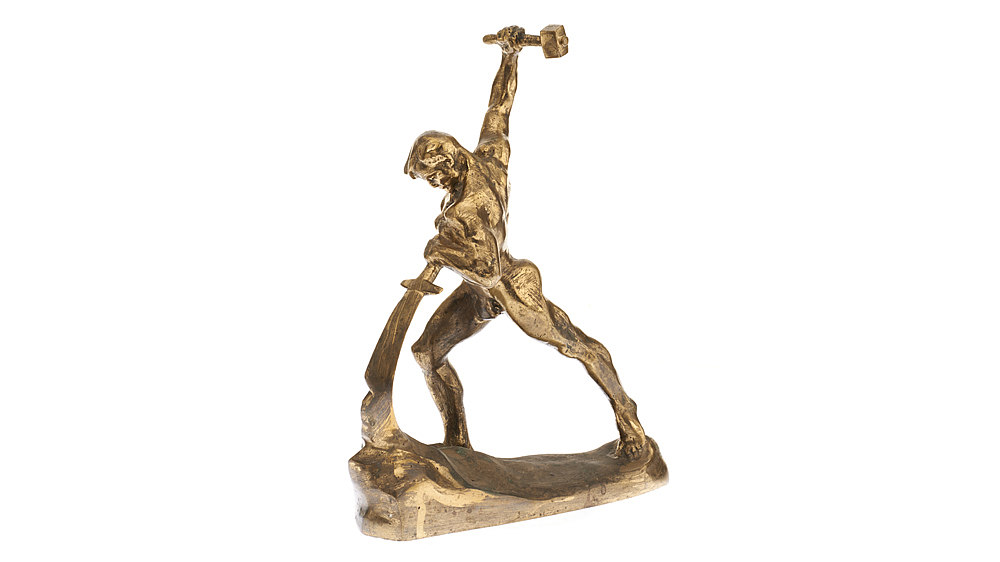
Sculpture
Sculptures
The “Sculpture” collection features three-dimensional figurative and abstract pieces using a variety of materials and mainly created after 1945. In West Germany, sculptures were often works made by freelance artists for the public space, commenting on current events and encouraging social debate. In Communist East Germany sculptures were often commissioned by the state and took the form of monuments devoted to propaganda content. There were, however, also pieces critical of the system and addressing the experience of dictatorship.
Contact
Painting
Paintings in Changing Times
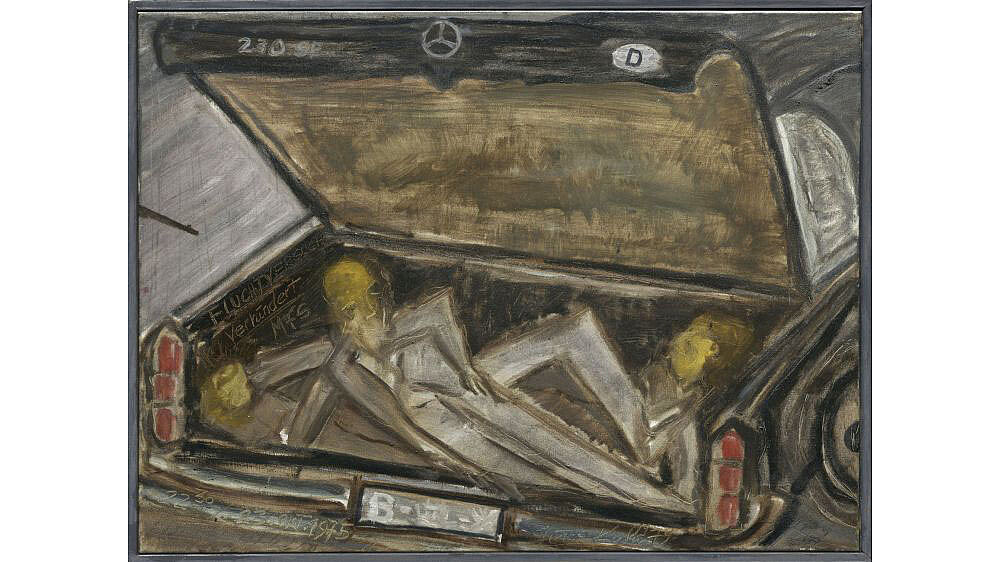
Painting
Paintings in Changing Times
This area of the collection includes painted images that were primarily made after 1945 and are largely figurative. The pieces from West Germany reflect pre-War artistic currents or new developments in art in the West. The works from Communist East Germany either take their cue from Socialist Realism or are shaped by an independent approach or a critical take on the system. Current paintings broach themes such as freedom, unity and human rights as well as issues relating to German identity.
Paintings in the object database
Contact
Prints
Fast and Topical
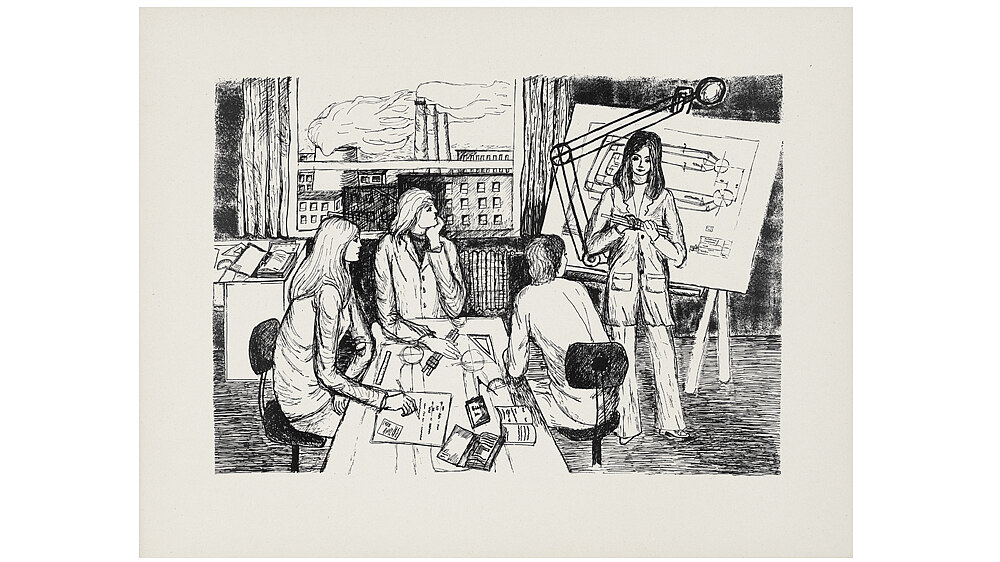
Prints
Fast and Topical
This collection includes original prints and reproductions cutting across the various styles and techniques and mainly dating from after 1945. The works are often clearly intended to intervene in political debates in West Germany or were commissioned by the Communist East German government. There are also prints that reflect personal interpretations of socio-political developments, historical events or personal experiences. As a medium that enables swift duplication, prints are often used to comment on current topics.
Contact
New Art Forms
Objects in New Artistic Media
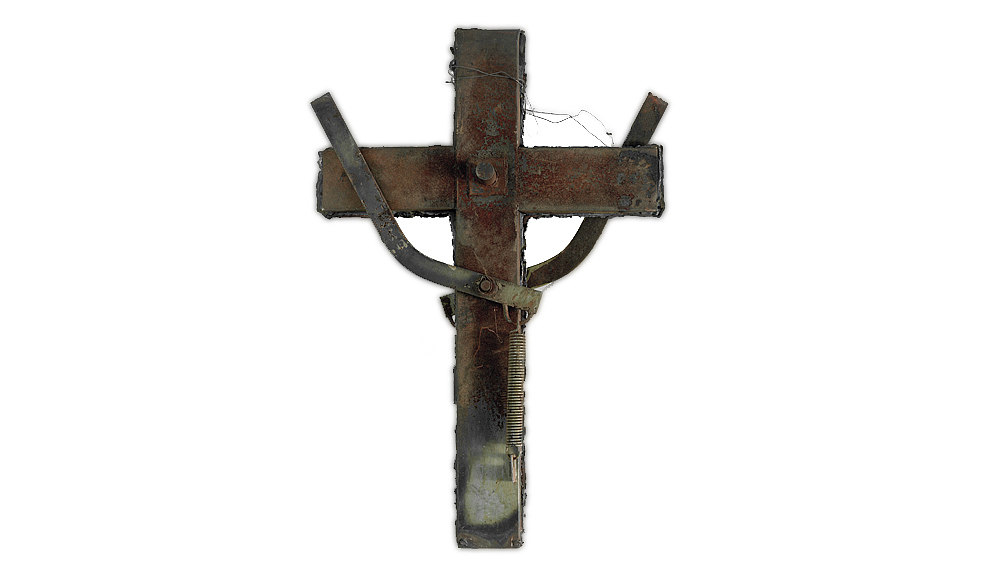
New Art Forms
Objects in New Artistic Media
The “New Art Forms” collection includes objects made using new techniques, such as object art, collages, video art, action art, performances, environments, and assemblages. The expansion of the concept of art to extend beyond painting, prints and sculpture has its roots in Surrealism and Dada, and in particular in the oeuvre of Joseph Beuys. The introduction of found objects such as newspapers, the adoption of theatrical gestures or the dissemination of works as Mail Art all forge a direct link to reality and reflect contemporary history.
Contact
Hand Drawings
Sketches and Drawings
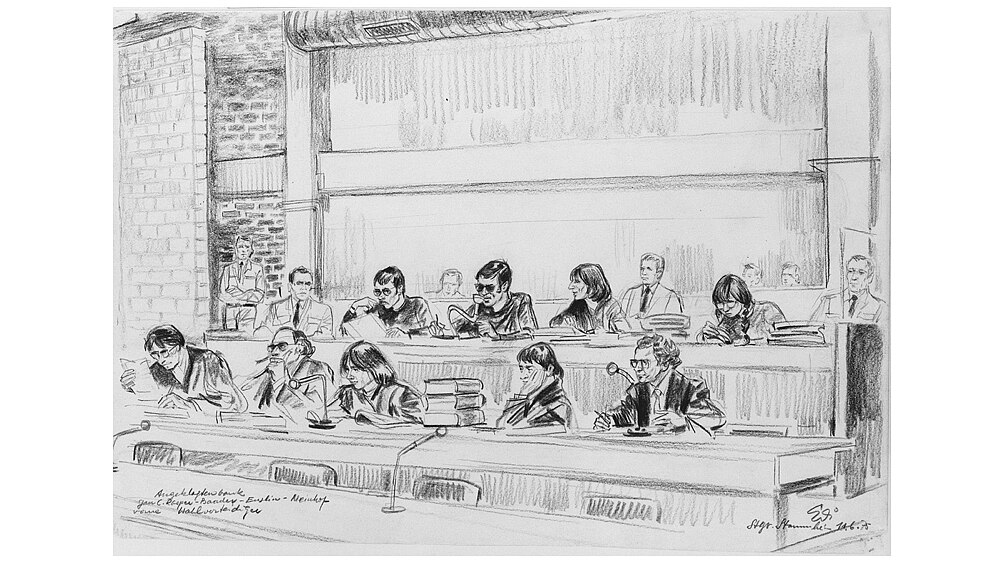
Hand Drawings
Sketches and Drawings
This collection includes representations made by hand on a variety of flat surface materials. Drawing is a graphic technique that tends to create the theme from lines, dots and squiggles. Unlike painting, drawing is a fast technique that can record a scene directly in the form of a sketch. In this way, events in contemporary history are frequently recorded in drawings if no camera is at hand or, as in courts, the use of a camera is not permitted.